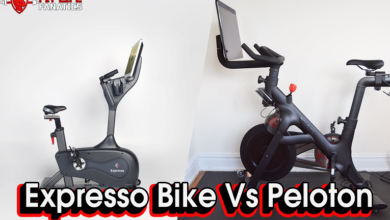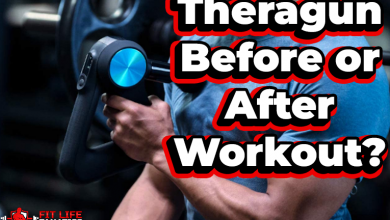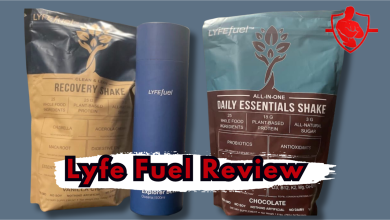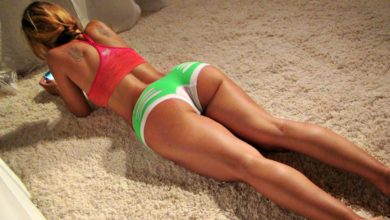Good Mornings Muscles Worked; Plus – How It’s Done, Benefits, & Alternative Exercises

Some workouts are meant to target only one muscle group and some that target several muscle groups at once.
Good mornings fall under the latter, but what makes this workout so impressive is how easy (and safe) it is considering the great results you stand to gain.
I used to perform good mornings back in the day when I started working out, but then it kind of got overtaken by other fancy workouts and random fitness challenges.
I happened to accidentally come across it in my notebook from days long gone by and thought hey, this workout is way too underrated.
In this post, I will take you through pretty much everything there is to know about good morning workouts, what you stand to gain out of this exercise, what muscles are worked, and how to make the most of each session.
Ready? Let’s get down to it!
The Good Mornings Workout
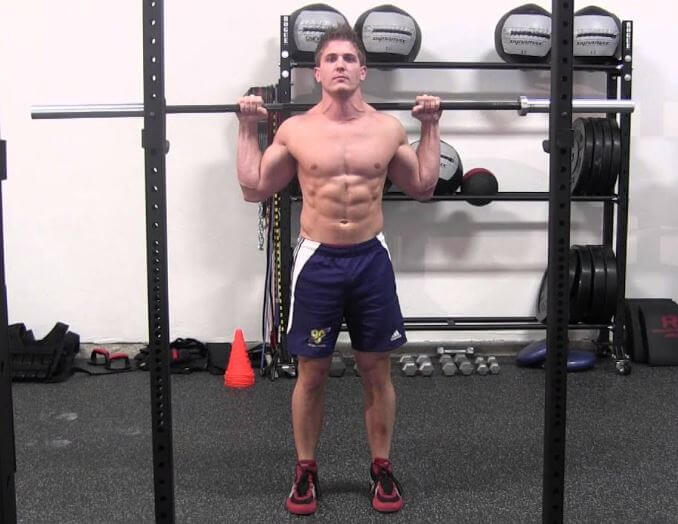
Good mornings are considered a great hip hinge exercise (1).
What makes this workout so crucial is the indispensable importance of the hip hinge, one of the vital functional movements that help maintain a neutral spine as well as bending at one’s hips (2).
This comes in super handy for such workouts as deadlifts, squats, cleans and power cleans, and others that involve bending.
If there’s one versatile workout out there, it’s got to be this one, you can do it without any weights, with cheap dumbbells, or with a barbell.
And if you don’t have any of this equipment, you can still improvise with practical weights that will help you achieve the desired results – mostly for experienced peeps.
For beginners, however, it’s best that you start with lightweight, or without any weights altogether until you have the form down pat.
Speaking of mastering how to do good mornings, here’s how it’s done;
How to perform good mornings

- Start by standing with your feet at hip-width apart, make sure your toes are pointing forward and bend your knees ever so slightly. You can keep your hands straight down, resting on the back of your head, or cross them over your chest. Lock in your shoulder blades and hold your back straight.
- Bracing your midline, hinge your hips as you push your butt straight back. Ensure your legs remain perpendicular to the floor.
- Keeping your back flat, lower your midsection forward until you feel a stretch in your hamstrings. You might notice that your back is also beginning to round.
- Dig into the floor with your feet and then engage the hips to go back to the starting position. Engage your hamstrings as well as your core to retain the upright position. At the very top, be sure to squeeze your glutes momentarily.
Video: how to perform Good Morning Workout
Common Mistakes to Avoid when Doing Good Mornings

Albeit being mostly safe, the good morning (just like any other workout) can lead to injury if you don’t do it right, especially when using weights.
Here are several mistakes you need to be careful with during this workout.
Don’t get carried away
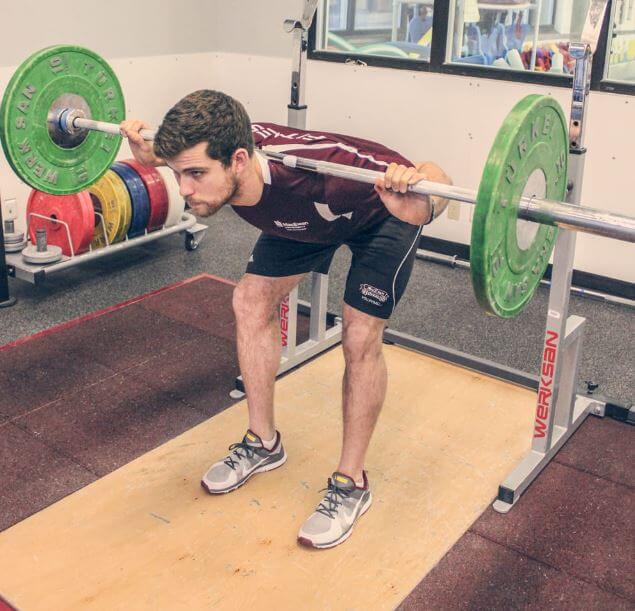
One mistake most rookies make when they learn how to perform the good morning is getting carried away and pushing themselves a bit too far.
You might feel the urge to hinge your midsection as far forward as being parallel to the floor. That might not be possible when you’re only starting.
Not to worry, it’s just the tightness in your hamstrings or your lack of core strength. Take your time, as your flexibility increases, you will be able to go further ahead and lower.
Not getting the form right
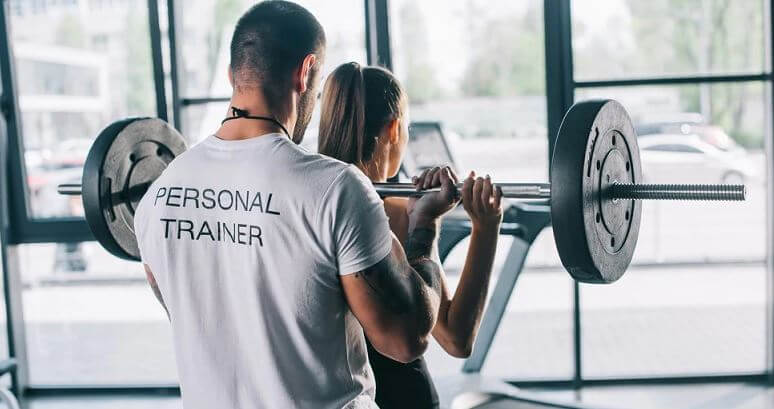
This is very crucial especially if you’re doing good mornings with the use of weights, more so the barbell. Before you get ahead of yourself and add weights to your training, you should first work on your form.
The goal should be to ensure you’re maintaining proper form throughout the move before bringing weights on board.
Otherwise, you will not only risk not getting the most out of your workout, but you could also end up picking up an injury.
Skipping warm-up
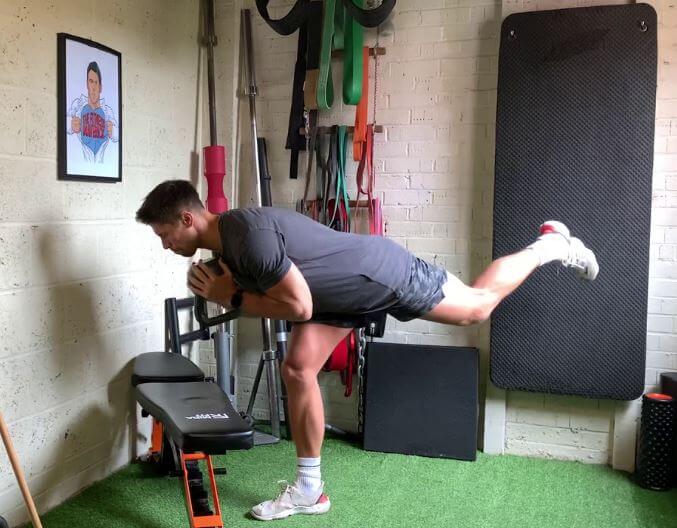
A warm-up session before any workout is something you should never overlook. It helps get your blood pumping, puts you in the mood for some action, and most importantly, helps avoid injury from muscle strains and such.
Good mornings are no exception. If you are using dumbbells or the barbell, you will need your body to be on standby. After all, you only need about 5-10 minutes to get your muscles all fired up and ready for the task ahead.
To warm up your body, you may consider doing activities such as jumping jacks, jump rope, cycling, or running on a treadmill.
After a strenuous workout, it's equally important to stretch and cool down your muscles to aid in their recovery. However, sometimes stretching alone isn't enough to fully alleviate muscle soreness and tightness. That's where massage therapy can come in handy.
Two great options for at-home massage therapy are the MedMassager and Vybe Percussion Massager. Both can help reduce muscle tension and increase blood flow, making them perfect for post-workout recovery
What do Good Mornings Work?

As I mentioned earlier, good mornings stand out in that it’s a rather simple exercise that targets a variety of muscles. Here are some of the muscles worked by this exercise;
Glutes
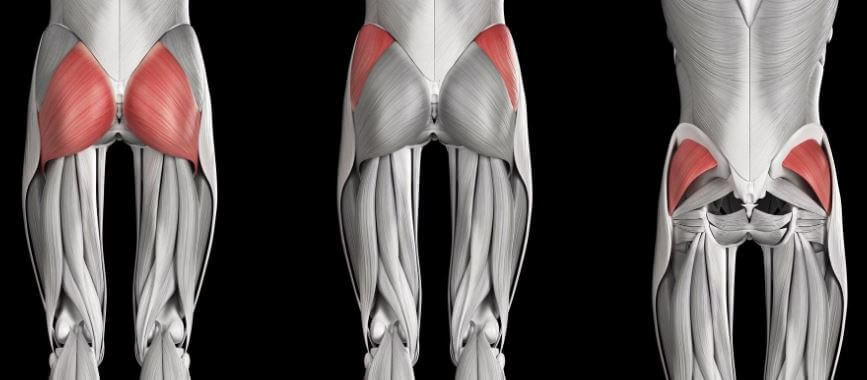
These are muscles located in your posterior chain and ones that double as more than just a muscle. It’s also part of the body that’s also referred to as the butt. Some have a jiggly butt, some have a soft, bubble butt, and others have a mom butt to get rid of.
The glute muscle isn’t for show though, it’s an essential tissue that is very vital during movement and other workouts – ones that involve squatting every workout.
And while some gym bros turn to squats or deadlifts to build their glutes and other posterior chain muscles, good mornings are just as effective.
Hamstrings
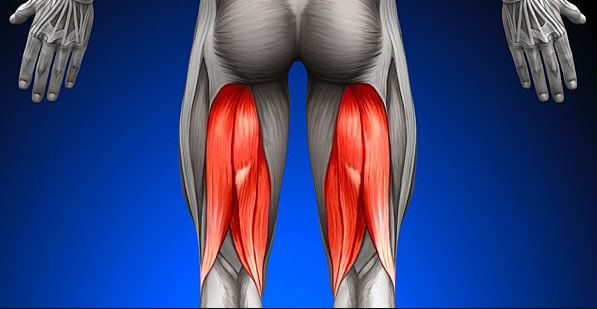
Hamstrings are among the many voluntary muscles in the body, so you can control how you move them and how they work. These skeletal muscles are split into three heads and are located at the back of your thigh.
Hamstrings are useful for climbing stairs, walking, running, squatting, and other leg movements, as they help with the following functions;
- Extending your hip joint
- Bending your knee
- Rotating the hip joint
You need to keep this muscle in top form, especially if you’re an athlete, as hams are susceptible to injury during intense runs and sprints. Trust me, a “pulled hamstring” is the last thing you want to experience.
Hamstrings are not only stretched when you extend your leg, but they also take the brute of slowing down, sudden stop or changing in direction.
Good mornings allows you to put this muscle under “controlled strain” which is important for keeping it toned and in top shape.
Lower back
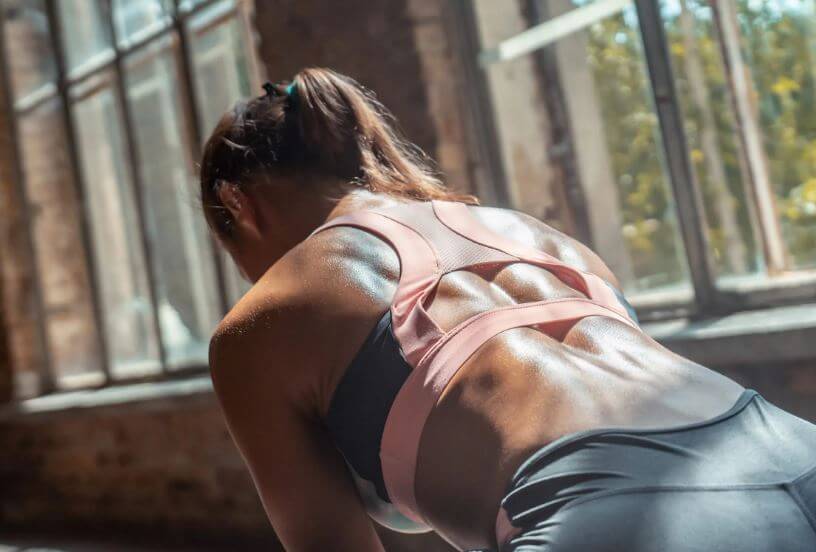
Well, the lower back is more of a section of the body than a muscle. The only reason I added it here is that good mornings help work several muscles that make up this part;
- The erector spinae
- Multifidus
- Spinalis
- Latissimus Dorsi – aka “lats” (comprised of upper and lower lats)
Lower back muscles are similarly essential for daily activities and workouts alike, especially when doing heavy squats like Zercher squats or back squats.
Secondary muscles worked by good mornings

Although good mornings hit the muscles above directly, this workout also employs other muscles in the body, but sort of indirectly. These include;
- Adductor longus
- Adductor Magnus
- Adductor brevis
Good Morning Exercise Benefits
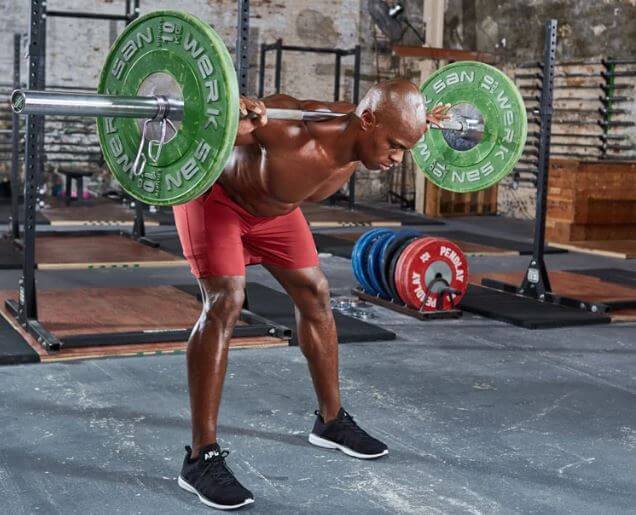
Good mornings have a long list of benefits.
It’s a simple workout that you can do right in your apartment home gym without any weights.
But you still have room for advancement if you hit a plateau and have to use weights to keep gaining from the exercise.
It’s also great for targeting a range of muscles in the lower body and legs.
Good Morning exercise Variations
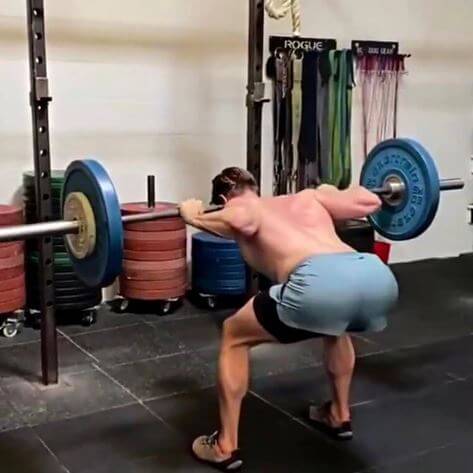
If you have been doing the good morning workout for way too long and it’s getting boring, worry not, here are several variations that are just as effective.
Seated Good Morning Using a Barbell
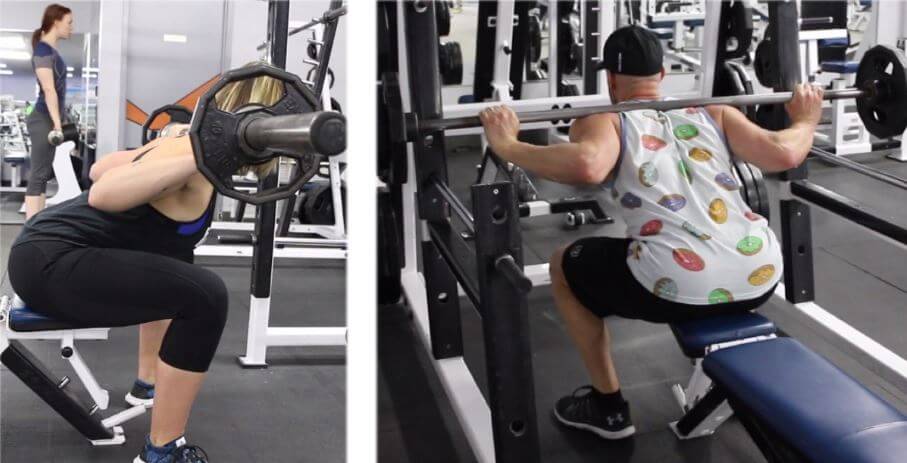
Turns out, good mornings workout isn’t only versatile as far as using or not using weights, you can also do it when standing or seated. The seated variation might not give you the burn (and gain) you need on the hamstrings.
But it makes up for that by isolating the core muscles. If you’re looking to build core strength, this might be the exercise for you.
Different stance
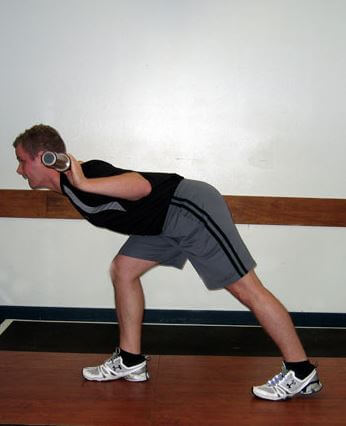
Another great variation would be to make adjustments to your stance – a simple narrower or wider stance could make a great deal of difference.
A wider stance enables you to work the glutes more, while a narrower stance allows you to hit more on your hamstrings.
Single-leg bar good morning

This is better left to the seasoned gym rats who have mastered this exercise. It’s more of an advanced variation that I wouldn’t advise rookies to play around with.
With the use of only one leg, the exercise demands more stability, balance, focus, and strength.
It’s also wise to go with lighter weight when doing this variation. Having a spotter on hand helps too, just for your safety.
Good Mornings Alternative Exercises
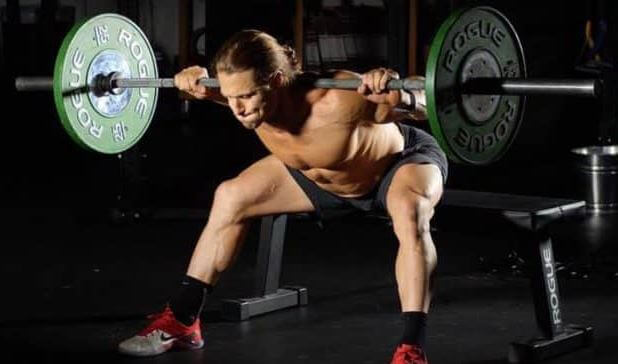
If you are looking further afield to diversify your workout and spice things up in your morning or evening workout sessions, here are several good mornings alternatives that you can try;
Hip Thrusts
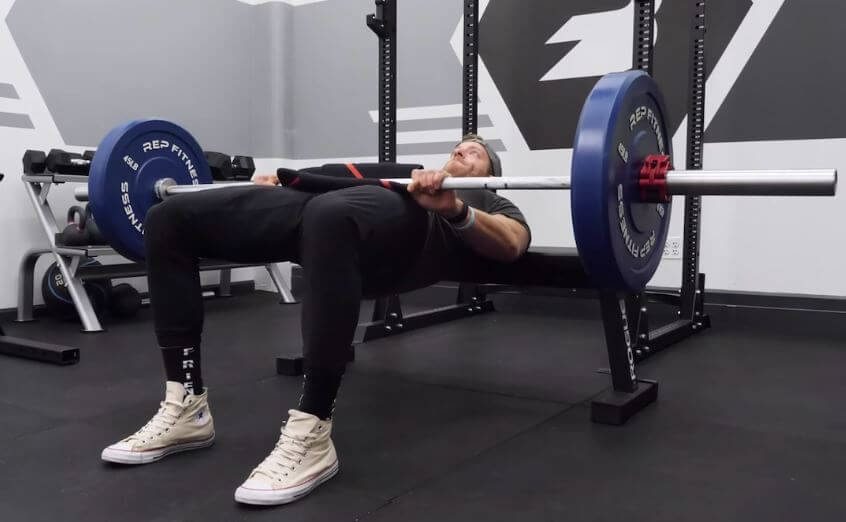
If hip extension strength, better hip flexion, and more mass on the glutes are your ultimate goal, then you’ll love hip thrusts.
That comes at a cost though, since hip thrusts sort of limit the involvement of the lower back and hamstring muscles – due to the 90-degree bend at the knees.
However, if you want to hit these areas as well, you can also add the other alternatives into your routine.
Reverse Hyperextension
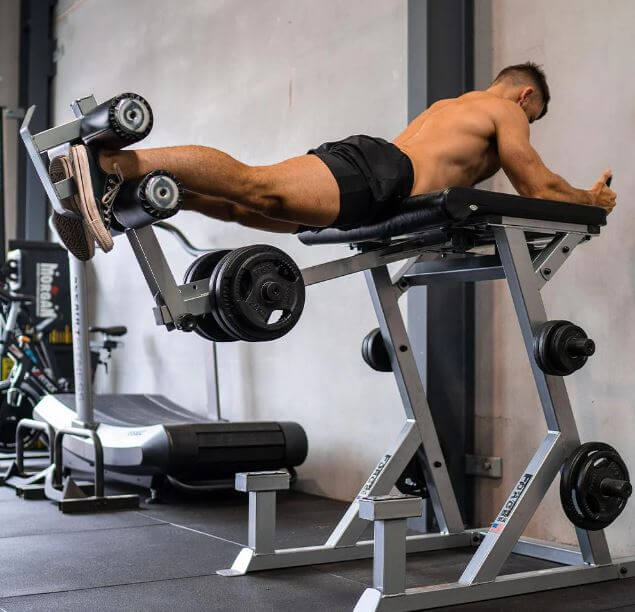
Looking to build strength and stability in the hamstring, lower back, and hip area? Then this is the exercise for you. Reverse hyperextensions are great for isolating hamstrings and glutes to give you a more targeted focus.
Need I mention that this exercise is also quite safe in that you don’t need to punish yourself with weight to see growth?
Whether you’re a beginner trying to dip your toes in the water or someone who lacks joint mobility in your knees, shoulders, hips, and any other area that makes it hard to pull off good mornings, this alternative gets the job done.
Glute-Ham Raises
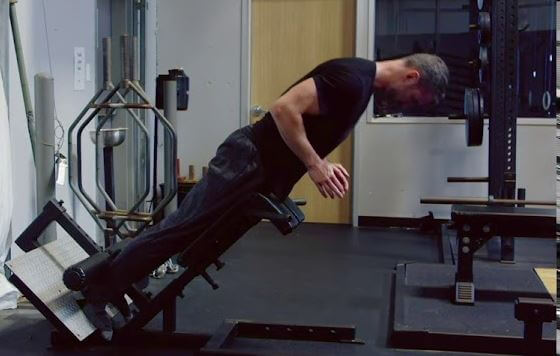
Here’s one massive exercise that allows you to hit more reps for great gains in your lower back, hamstring, and glute muscles.
And it’s quite easy to master, too, just be sure to get the form right to avoid any injuries. And if you decide to do single set training with this one, start by doing sets to failure 3 times a week before you can settle to doing sets to failure every day.
Final Word
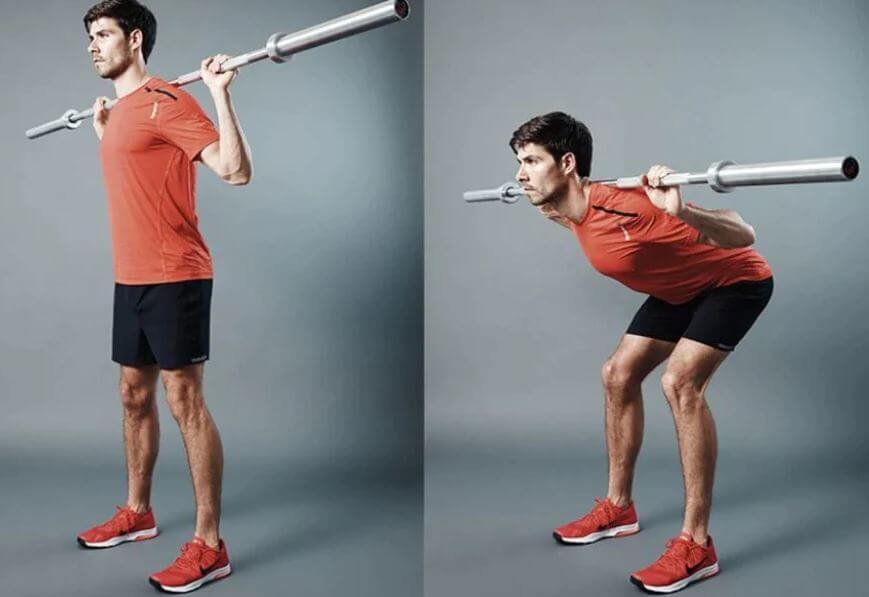
Whether you are doing good mornings workout for the sole purpose of muscle growth in your lower body and legs, or you want to add it to your fully body workout every other day routine, you can hardly ever go wrong with this exercise.
The flexibility that you get with this workout stands out, and the ease of execution makes it even more awesome. Don’t take it for our word, go ahead and give it a shot.
Related Articles:
Best Tips To Naturally Get That Round And Super Soft Booty
Small Workout Room Ideas
How Long Should I Run on the Treadmill
3 Highly Effective Russian Twist Alternatives
200 Sit Ups a Day
Treadmill With Tv and Internet
Resources;
- https://www.verywellfit.com/how-to-do-the-good-morning-exercise-with-barbell-3498255
- https://www.shape.com/fitness/workouts/good-morning-exercise
- https://my.clevelandclinic.org/health/body/21904-hamstring-muscles
- https://www.joionline.net/trending/content/lower-back-anatomy-and-low-back-pain
- https://barbend.com/good-morning-exercise-alternatives/
- https://www.menshealth.com/fitness/a20694710/dumbbell-good-morning/
- https://www.spotebi.com/exercise-guide/good-mornings/
- https://www.strengthlog.com/good-morning/
Ben Mayz
Hi there! I'm Ben, main author and chief editor at Fitlifefanatics.com. I have been obsessed with Strength Training and Fitness for 18 years now.
My passion for living a happy fit lifestyle is what made me realize that fitness is what I wanted for my future.
I went on to earn my Masters in Sports Training & Biomechanics.
My passion for Strength training & fitness and my love of helping others is what made me start Fitlifefanatics.
Here, myself, and a team of specialist aim to provide the most accurate, and actionable information possible in hopes to help foster the fitness community forward.
You can learn more about Fitlifefanatics on our About Page



